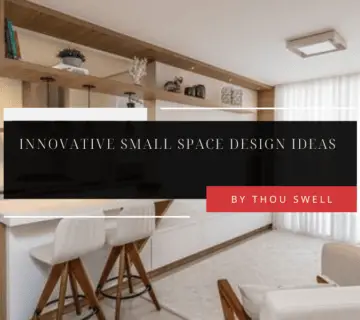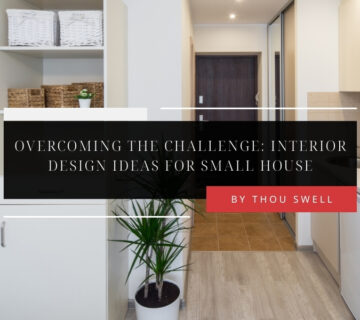Lighting for small spaces involves the strategic use of light fixtures, natural light, and innovative lighting solutions to enhance the aesthetic appeal and functionality of compact areas. This nuanced approach to illumination is pivotal for amplifying the sense of space and creating a warm, inviting atmosphere in environments where every square foot counts.
With the right lighting, small spaces can transcend their physical limitations, reflecting the personality and style of their inhabitants in ways previously thought impossible.
In this article, we’ll uncover the best light fixtures for confined spaces, enhance natural light, understand the role of color temperature, and explore multi-functional lighting that saves space. We also dive into fresh lighting concepts ideal for small settings and tips for lighting small workspaces efficiently.
Ready to transform your compact space with light? Let this guide inspire you to brighten your small corners in style, proving that limited square footage doesn’t mean sacrificing beauty and functionality.
What Are the 7 Bright Ideas for Lighting Small Spaces Beautifully?
Here are seven bright ideas that light up every nook and cranny with style and purpose:
Use Layered Lighting
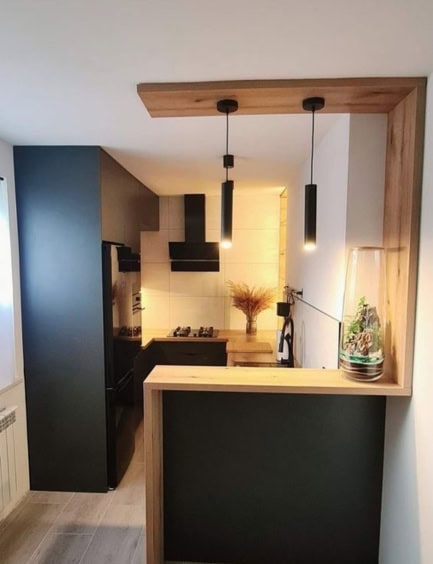
Think of your space in layers—ambient (general), task, and accent lighting. Ambient lighting sets the mood, task lighting focuses on specific activities, and accent lighting highlights architectural features or decor. A combination of a central ceiling light, under-cabinet strips in the kitchen, and a spotlight for your favorite painting creates depth and warmth.
Maximize Natural Light
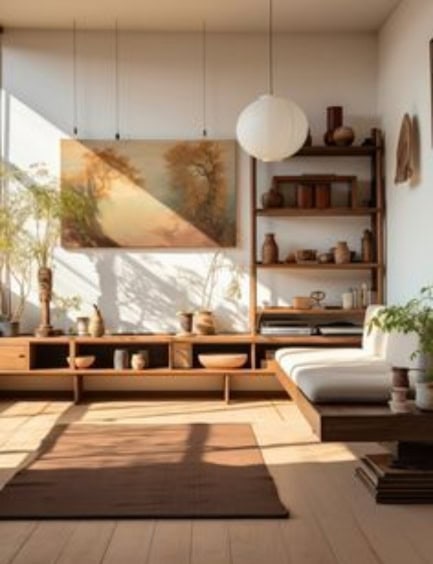
Leverage daylight as much as possible. Sheer curtains or translucent window treatments can brighten up your space without sacrificing privacy. Placing mirrors strategically across from windows doubles the light’s impact, making the room feel larger and more open.
Choose the Right Fixtures
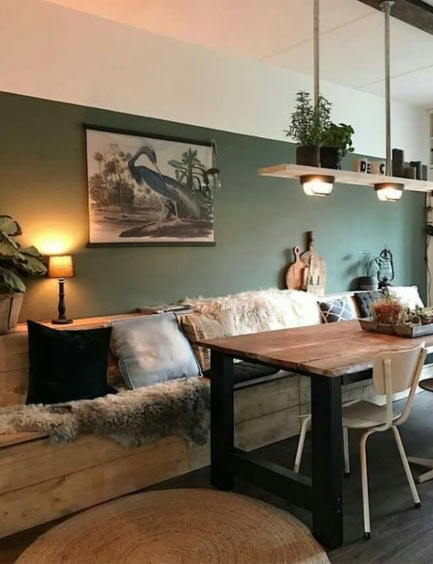
In small spaces, the scale of your lighting fixtures is key. Go for slim, streamlined designs that don’t overwhelm you. Wall sconces, track lighting, and pendant lamps can save precious floor and table space while adding character.
Embrace LED Strips
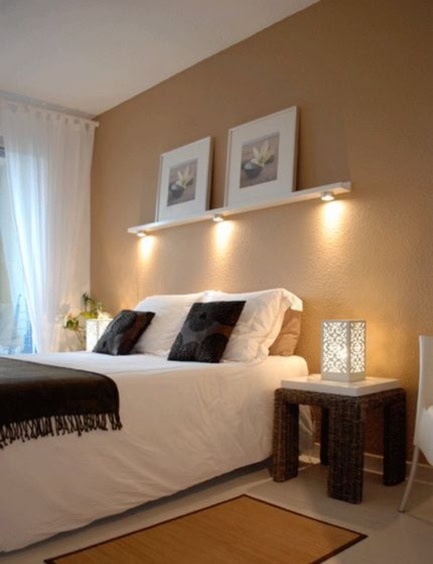
LED strip lights are versatile and can be tucked away under shelves, along baseboards, or behind mirrors to create an illusion of space. They’re excellent for adding a glow without the bulk of traditional lamps.
Utilize Task Lighting
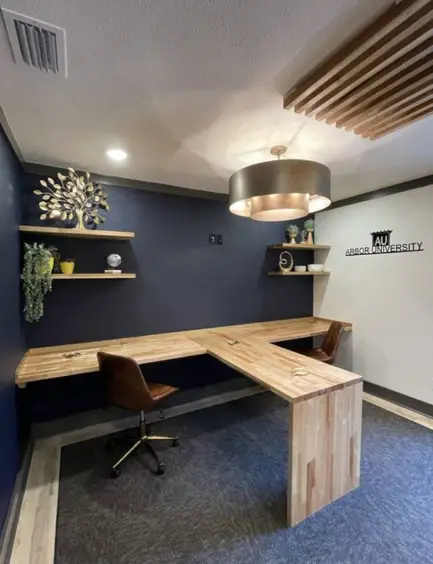
In areas like the kitchen or office, task lighting is essential. Under-cabinet lights or a focused desk lamp ensure you have the light you need for work or hobbies without illuminating the entire room unnecessarily.
Go Bold with Accent Lighting
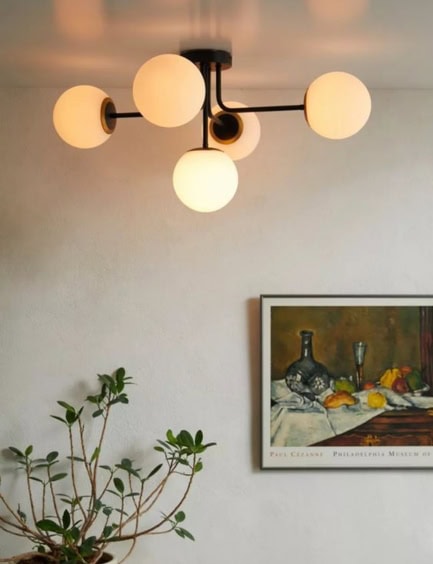
Use accent lighting to draw attention to houseplants, art, or unique decor. This technique adds layers to your lighting scheme and creates points of interest that draw the eye through the space, making it feel larger.
Invest in Dimmers
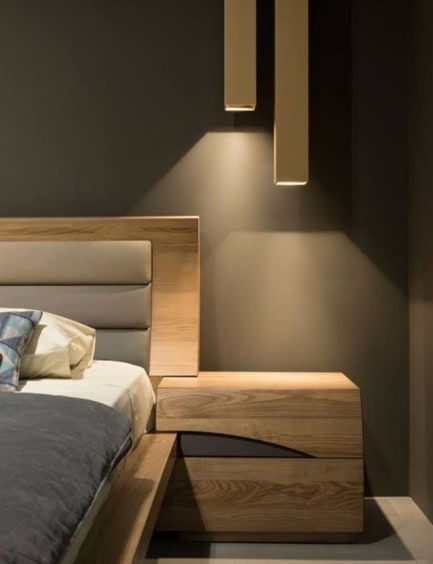
Dimmers allow you to adjust the lighting based on the time of day or mood you want to create. They’re great for multi-use spaces, ensuring that your small area can transition from a bright workspace during the day to a cozy nook at night.
Implementing these bright ideas lets you transform any small space, making it feel inviting, larger, and perfectly lit for every occasion.
What Are the Best Types of Light Fixtures for Small Rooms?
Choosing the right light fixtures for small rooms is all about finding solutions that enhance the space without overwhelming it. Here are some of the best types of light fixtures that strike the perfect balance:
- Flush Mounts and Semi-Flush Mount Lights: These fixtures are ideal for rooms with low ceilings. They hug the ceiling, providing ample light without intruding into the living space. Semi-flush mounts drop down slightly, offering a bit more character and a focal point without sacrificing headroom.
- Wall Sconces: Sconces are a great way to add layers of light without taking up floor or table space. They can illuminate hallways, frame a bed, or highlight artwork, adding depth and dimension to small rooms.
- Pendant Lights: When used sparingly and strategically, pendant lights can add a stylish touch without cluttering a room. Opt for slim, linear designs or mini pendants, and consider placing them over key areas like dining tables or kitchen islands.
- Track Lighting: Track lighting is incredibly versatile and can be adjusted to highlight different areas or objects in a room, such as artwork or shelving. Its directional lights can be aimed where needed, making it an excellent choice for task lighting.
- Under-Cabinet Lighting: In kitchens or workspaces, under-cabinet lighting provides essential task lighting without taking up valuable space. It also adds a warm glow that can make a small kitchen feel cozy and welcoming.
- Recessed Lighting: Recessed lights, or downlights, are installed into the ceiling, making them a great choice for low ceilings or tight spaces. They provide a clean, streamlined look and can be spaced around the room to ensure even, ambient lighting.
- Floor Lamps with Slim Profiles: While floor lamps take up floor space, selecting models with slim profiles and minimalist designs can add both style and function without overwhelming the room. Look for lamps with adjustable arms or heads to direct light exactly where you need it.
In small rooms, the key is to prioritize lighting that maximizes your space’s potential while aligning with your style preferences. By choosing the right types of fixtures, you can illuminate your small room beautifully and effectively.
How Can Natural Light Be Maximized in Compact Areas?
Maximizing natural light in compact areas can make them feel more spacious and welcoming. Here are effective strategies to achieve this:
- Use Mirrors: Place mirrors directly across from windows to reflect light throughout the room, making the space feel larger and brighter.
- Light Colors: Paint walls and ceilings in light colors to reflect natural light better than darker shades.
- Transparent Window Treatments: Swap heavy, dark curtains for sheer fabrics or blinds that allow more light to pass through while offering privacy.
- Keep Windows Clean: Regularly cleaning windows inside and out to let in more sunlight.
- Glass or Reflective Tiles: In areas like kitchens or bathrooms, using glass, glossy, or reflective tiles can bounce light around the room.
- Trim Outside Greenery: Ensure trees and shrubs don’t block natural light from entering through the windows.
- Use Space Wisely: Place furniture so it doesn’t obstruct light from windows, and consider multifunctional pieces to avoid clutter.
Implementing these strategies can significantly increase the natural light in your compact space, making it feel airier and more open.
What Role Does Color Temperature Play in Lighting Small Spaces?
Color temperature plays a pivotal role in lighting small spaces, influencing both the atmosphere of the room and the perception of its size. Measured in Kelvins (K), color temperature ranges from warm to cool tones:
- Warm Light (2700K—3000K): Emits a cozy, inviting glow reminiscent of sunrise or sunset. It’s ideal for creating a relaxed, welcoming atmosphere in living rooms and bedrooms. Warm light softens the area, making it feel intimate and snug. However, use it strategically; too much warm light can make a small space feel smaller or more cramped.
- Neutral Light (3500K—4100K): Strikes a balance between warm and cool light, offering clarity without being too stark. It’s perfect for kitchens and bathrooms, where both comfort and practicality are needed. Neutral light brightens the space effectively, making it appear larger and more open without sacrificing warmth.
- Cool Light (5000K—6500K): Resembles daylight, promoting concentration and alertness. It’s best used in home offices or study areas within small spaces. Cool light can make a room feel more spacious and airy, mimicking the effect of natural light. However, it’s important to blend it with warmer tones in living spaces to avoid a clinical feel.
How Can Multi-functional Lighting Transform a Small Space?
Multi-functional lighting is a game-changer for small spaces, serving multiple purposes beyond mere illumination, which helps in optimizing the limited space efficiently. Here’s how it can transform a compact area:
- Space-saving: Multi-functional lighting fixtures, such as a floor lamp with built-in shelves or a bedside lamp that doubles as a bookshelf, eliminate the need for separate pieces of furniture. This consolidation of functions saves precious floor space, making the room appear larger and less cluttered.
- Task Efficiency: These fixtures often come equipped with adjustable features like dimmers or directed lighting, allowing them to cater to various tasks within a single area. For instance, a kitchen pendant light might also have a focused beam for food preparation, combining ambient and task lighting in one.
- Aesthetic Appeal: Multi-functional lights are designed with style in mind, serving as statement pieces while fulfilling their practical roles. A sleek, modern desk lamp with USB charging ports can add a touch of sophistication to a small office nook, enhancing the room’s overall look.
- Enhancing Atmosphere: With the ability to adjust brightness levels or even light colors, multi-functional lighting can dramatically alter a room’s atmosphere, making it adaptable for different times of the day or specific activities. This versatility is particularly valuable in small spaces that serve multiple purposes, such as a studio apartment.
- Cost and Energy Efficiency: By combining functions, these fixtures often consume less energy than operating multiple separate units, leading to savings on electricity bills. Moreover, investing in one multi-functional piece can be more cost-effective than purchasing several single-purpose items.
How to Choose and Position Lighting for Small Workspaces?
Choosing and positioning lighting for small workspaces involves strategic planning to ensure the area is well-lit, functional, and conducive to productivity. Here’s how to get it right:
- Assess Your Needs: Identify the main activities that will take place. Will you be doing a lot of reading, computer work, or detailed tasks like drawing? Your primary activities will dictate the type of lighting you need.
- Opt for LED: Choose LED lamps for their energy efficiency, long life, and the bright, clean light they emit. LEDs come in various color temperatures, allowing you to select a light that’s comfortable for your eyes and conducive to concentration and alertness.
- Consider Task Lighting: A well-placed task lamp can provide focused lighting to reduce eye strain during activities like reading or writing. Opt for a lamp with an adjustable arm and head for flexibility.
- Utilize Natural Light: Position your workspace to take advantage of natural light, ideally near a window. Natural light is less harsh on the eyes and can help improve mood and productivity. However, be mindful of glare on computer screens and position desks parallel to windows to avoid this.
- Add Ambient Lighting: Ensure there’s a layer of ambient lighting to reduce the contrast between your task lighting and the surrounding area. Soft, diffuse ambient lighting can help prevent eye strain over long periods.
- Layer Your Lighting: Combine different types of lighting to create a balanced and flexible lighting scheme. For instance, a mix of overhead lighting, natural light, and a task lamp can cover all bases.
- Minimize Clutter: In small workspaces, it’s crucial to keep the area tidy and free of unnecessary objects that can block light sources. Opt for lighting solutions that can be mounted or hung to keep desk and floor space clear.
- Smart Placement: Avoid placing lights directly behind you when working at a computer to prevent glare on the screen. Also, ensure the light source is not directly in your line of sight to avoid glare and reflections.
By carefully selecting and positioning your lighting, you can create a small workspace that feels both spacious and comfortable, boosting your productivity and well-being while you work.
Conclusion
Effective lighting for small spaces can transform them into well-lit, inviting areas. By utilizing layered lighting, maximizing natural light, selecting the right fixtures, incorporating LED and task lighting, and strategically positioning lights, you can create a space that feels larger and more welcoming.
Embrace these bright ideas to enhance your compact living areas beautifully. Don’t let a small footprint dim your style—explore these lighting solutions and illuminate your space with confidence. Ready to light up your small space? Dive into our tips and let your interiors shine!
